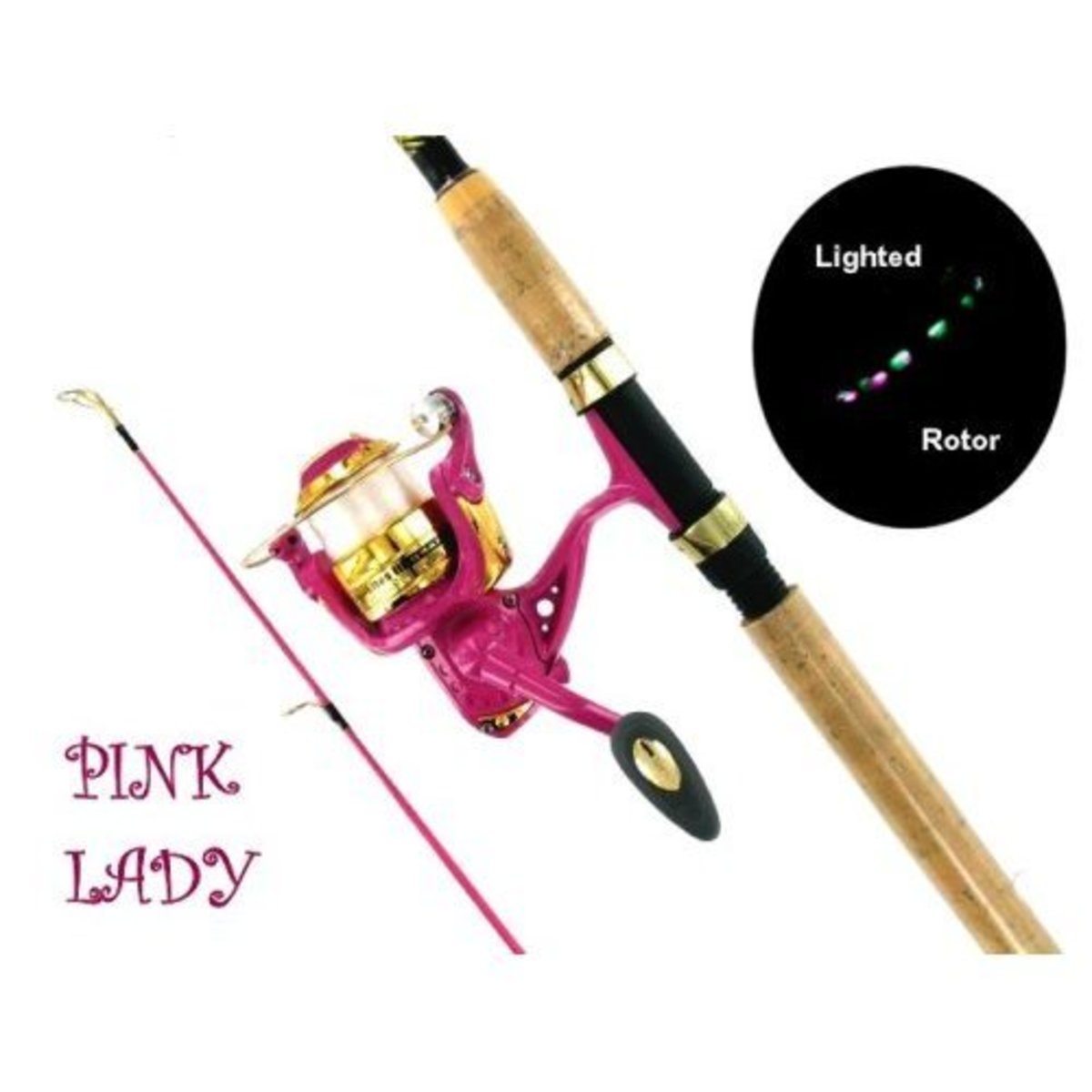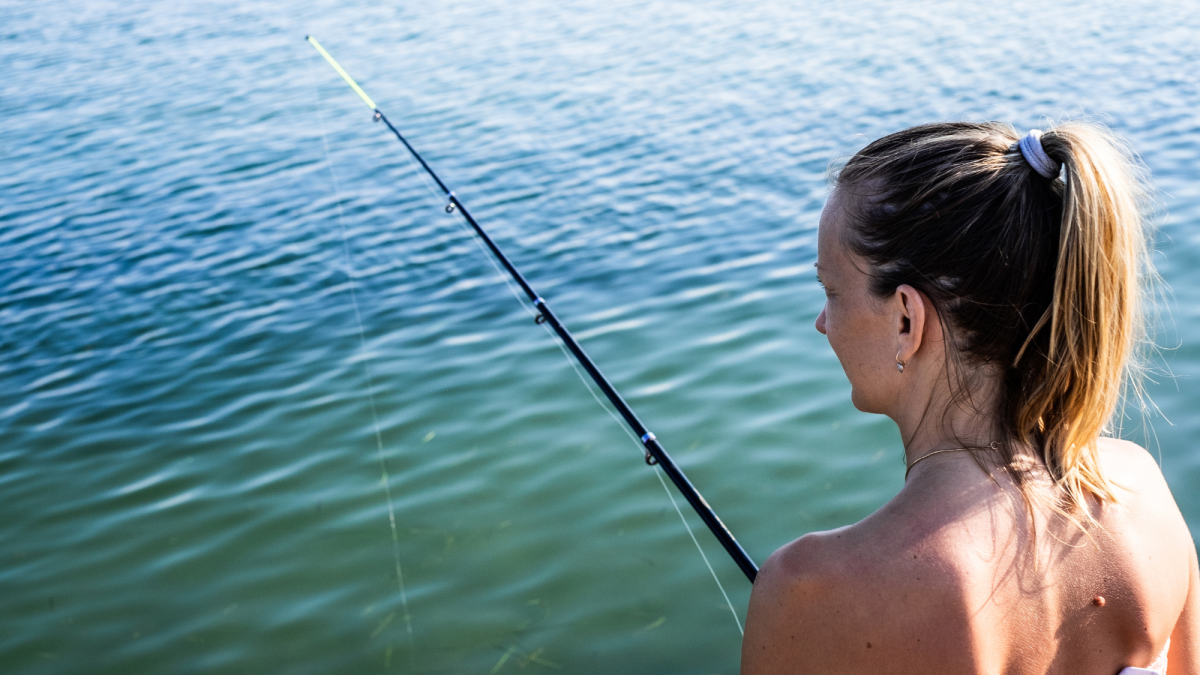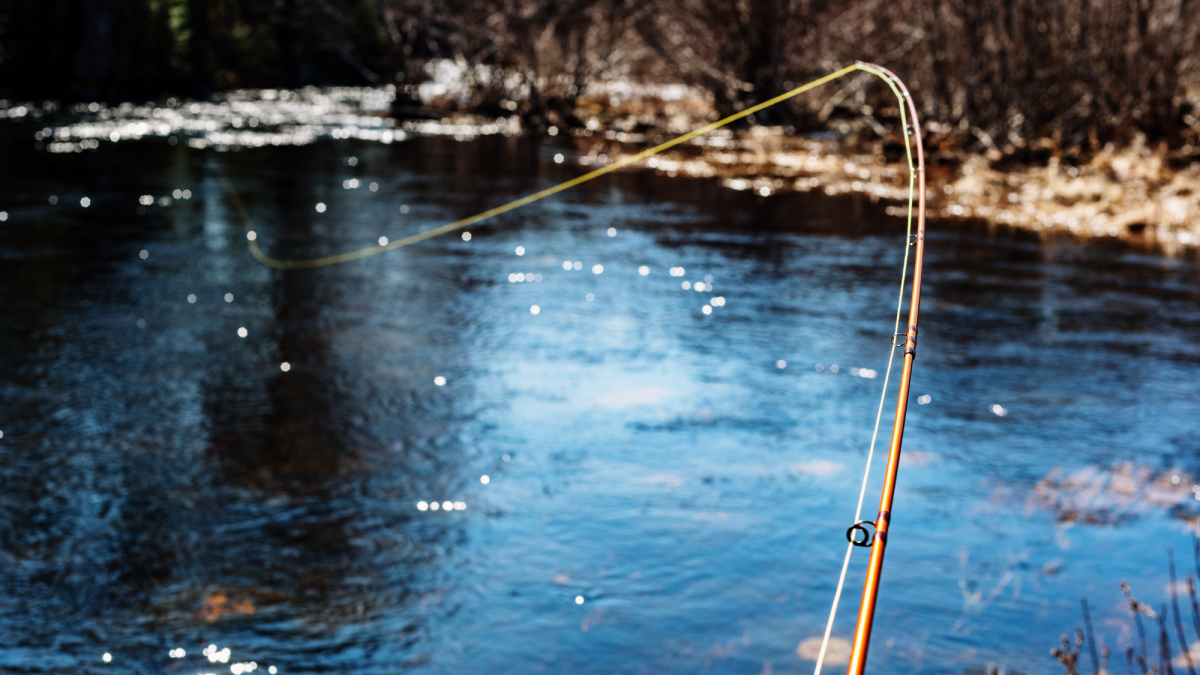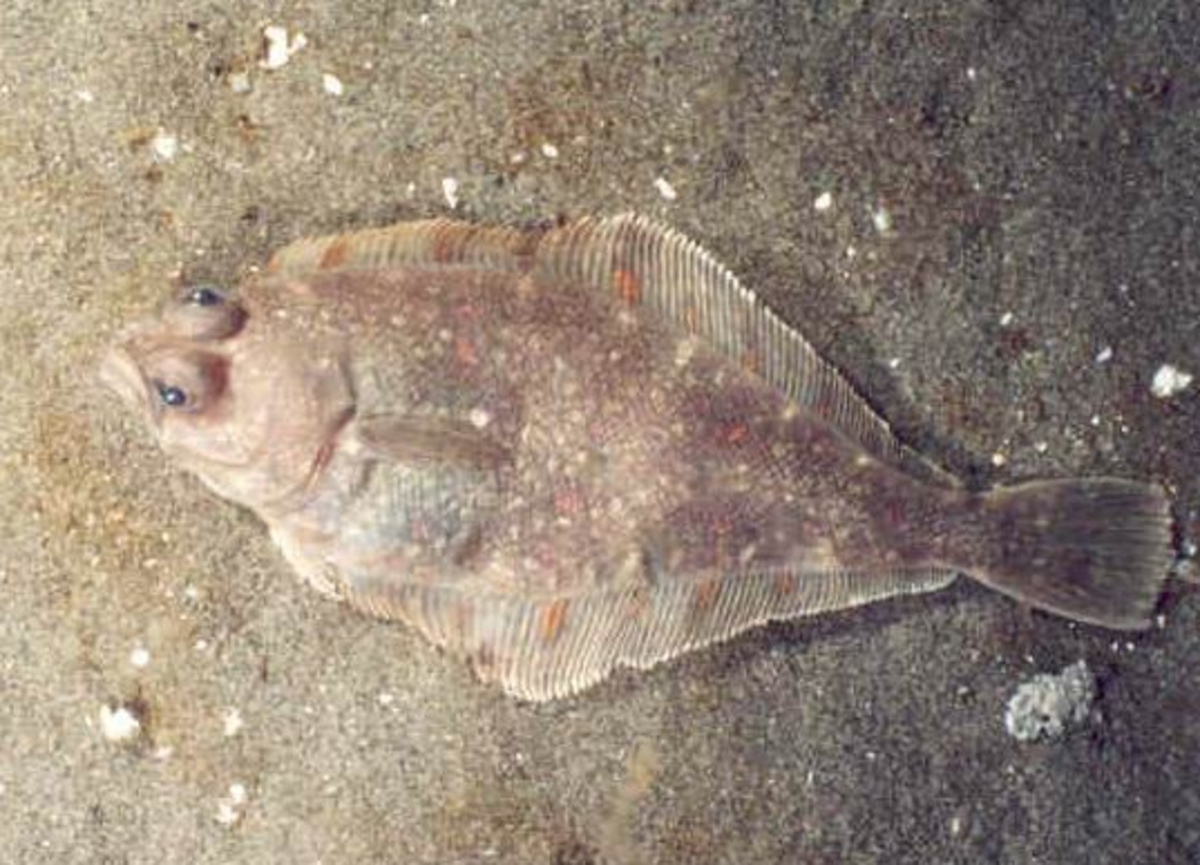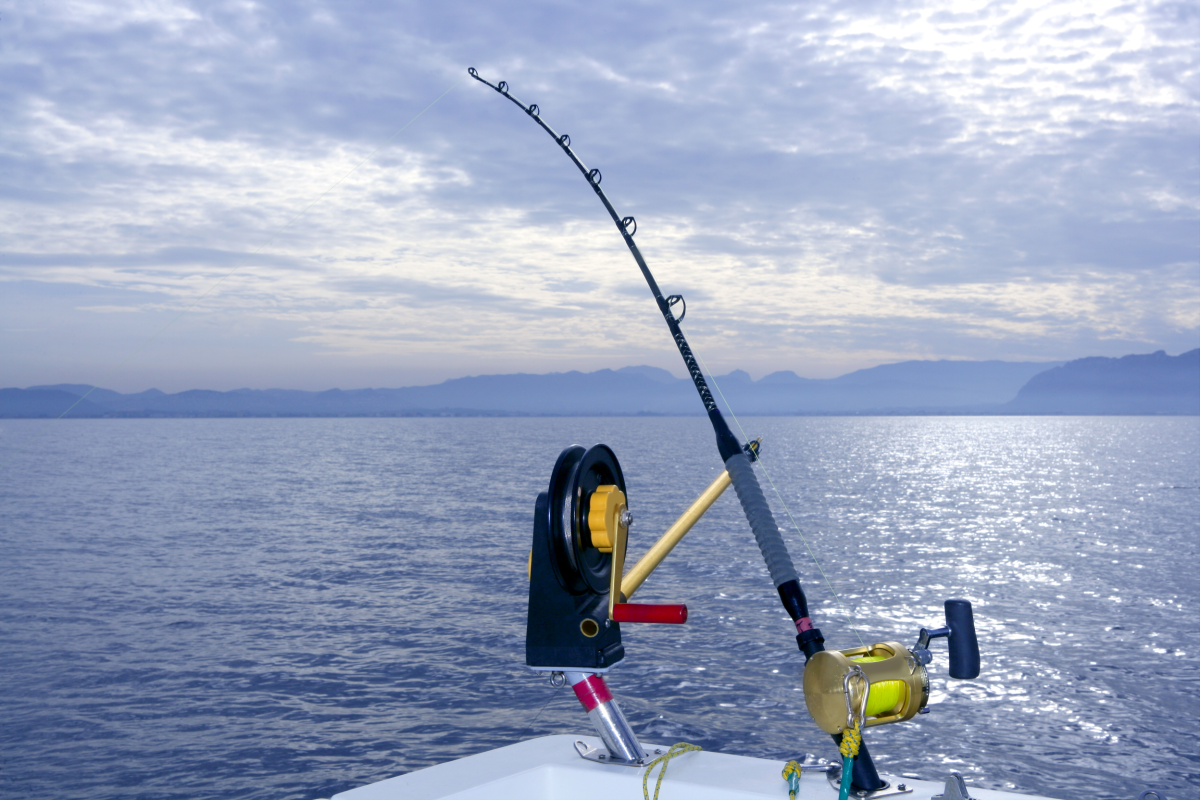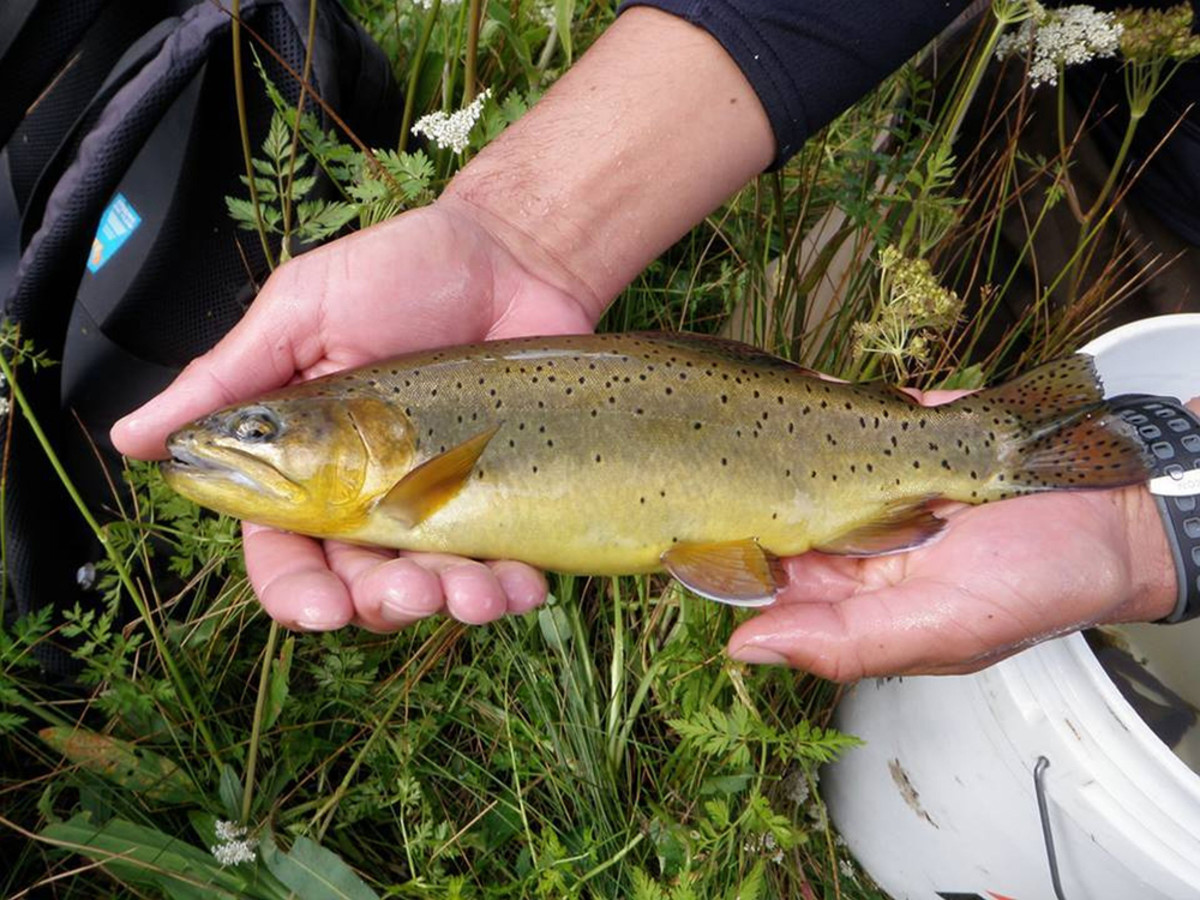How to Choose the Right Fishing Reel for Bait Fishing
The choice of reels is overwhelming but, at an early stage in the game, I'd discount centre-pin reels (useful for fishing rivers), multiplier reels (good for very heavy work like pike fishing on big waters), and closed-face reels (useful for very fine lines in stronger winds). What you really need is a good fixed-spool reel and there are many different types to choose from. Go for an established brand, and one that balances your rod or rods perfectly.
Reels and Floats
In fact, buy the rod and reel together and make sure they fit together and work nicely. As a rule of thumb, the rod with the reel attached should balance nicely on your linger, somewhere towards the head of the rod handle.
Don't buy too small a reel: it should be able to bold 300 feet (90m) of 7-10 pound (3 - 4.5kg) line easily. Anything smaller than this will make pike or carp fishing very difficult indeed. Ask the tackle dealer whether the reel has a smooth clutch - this is important for playing a fish. It's a good idea for the reel to have spare spools since you could very well need different strengths of line to suit different fishing conditions. You will probably need line of around 3 or 4 pound (1.3—1.8kg) breaking strain, 6 to 8 pound (2.7—3.6kg) breaking strain, and perhaps a spool of 10 pound (4.5kg) line. Once again, this should cover pretty well anything you're likely to need. As a rough rule of thumb, use a 3 pound (1.3kg) line for smaller fish, the 8 pound (3.6kg) line for barbel, and the 10 pound (4.5kg) line for carp and pike - this will do you until you build up more experience.
Always buy line of a reputable brand: economizing on line makes very bad sense indeed, as it's the one thing that connects you with your fish.
Now, you'll need some floats, and I would suggest a few stick floats for river fishing and some wagglers for lakes and pools. Buy a selection of different sizes and do remember that you've got to put enough split shot on the line so that the float cocks and sits nicely in the water and is cast easily. It's better to use a float slightly too heavy than one too light because you'll have less trouble casting and controlling it. Look for floats with a variety of different colored tips so that you can see them against different colored backgrounds.
- Floater Fishing for Carp
Mind you, fishing with boilies isn't the most exciting form of fishing known to humans especially if your bait is sitting out there, untouched and unmoved, for 36 hours or more. There are ways of enjoying... - Bait Fishing in Stillwaters
Large stillwater can be a very daunting proposition when you are still a relatively inexperienced angler and new to the water. There are no fish in sight, and there may be no obvious features that might cause...

